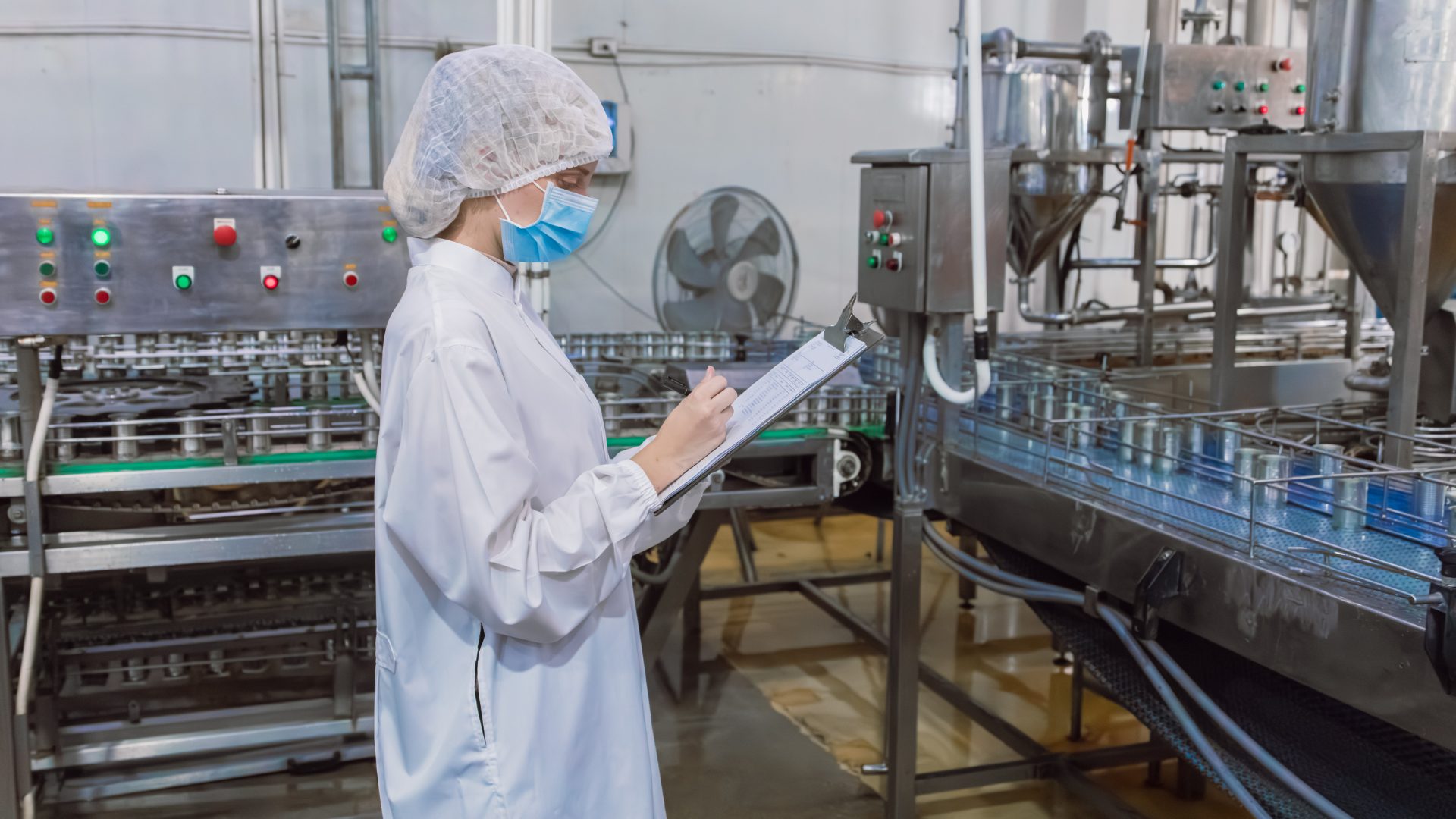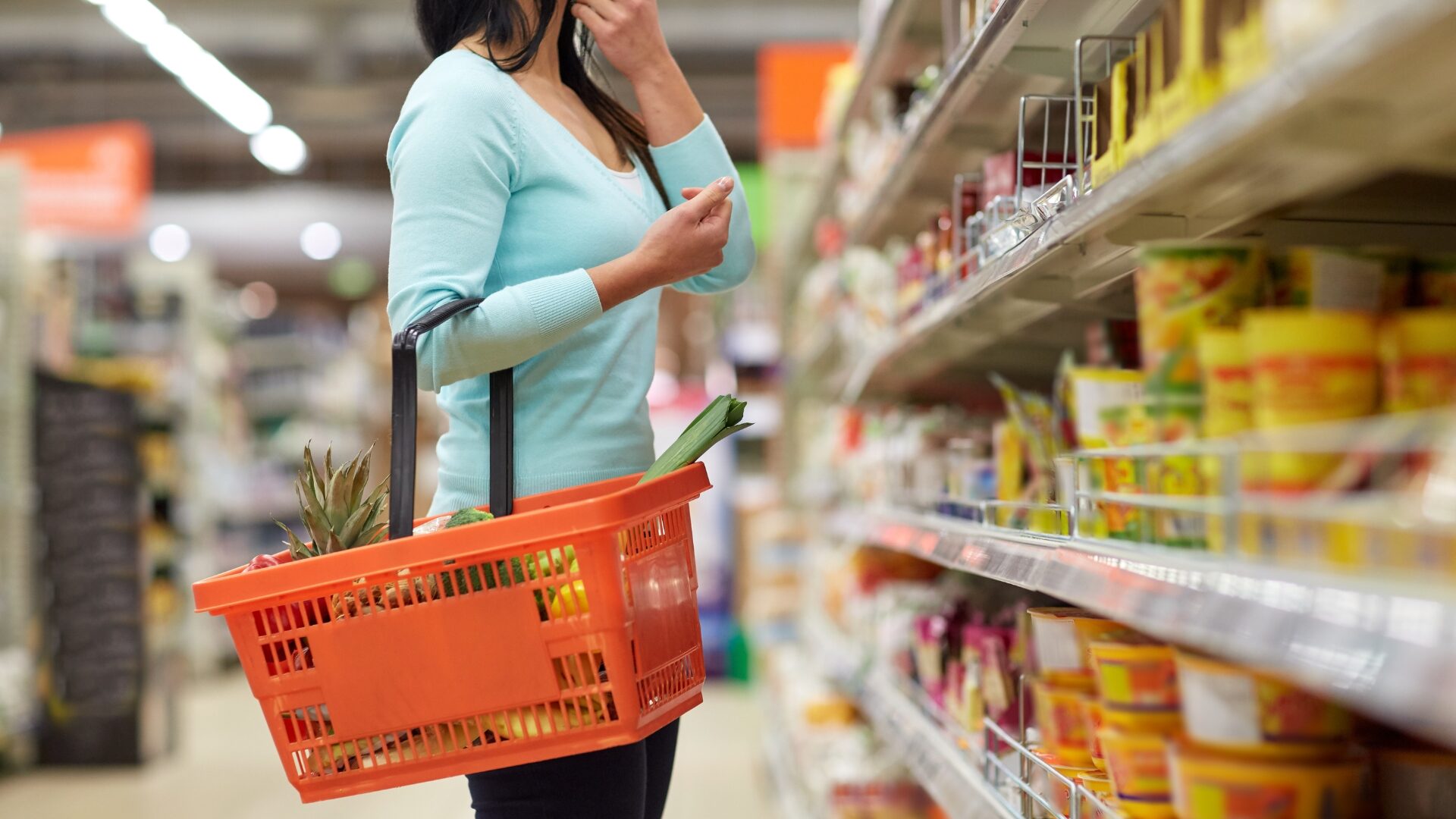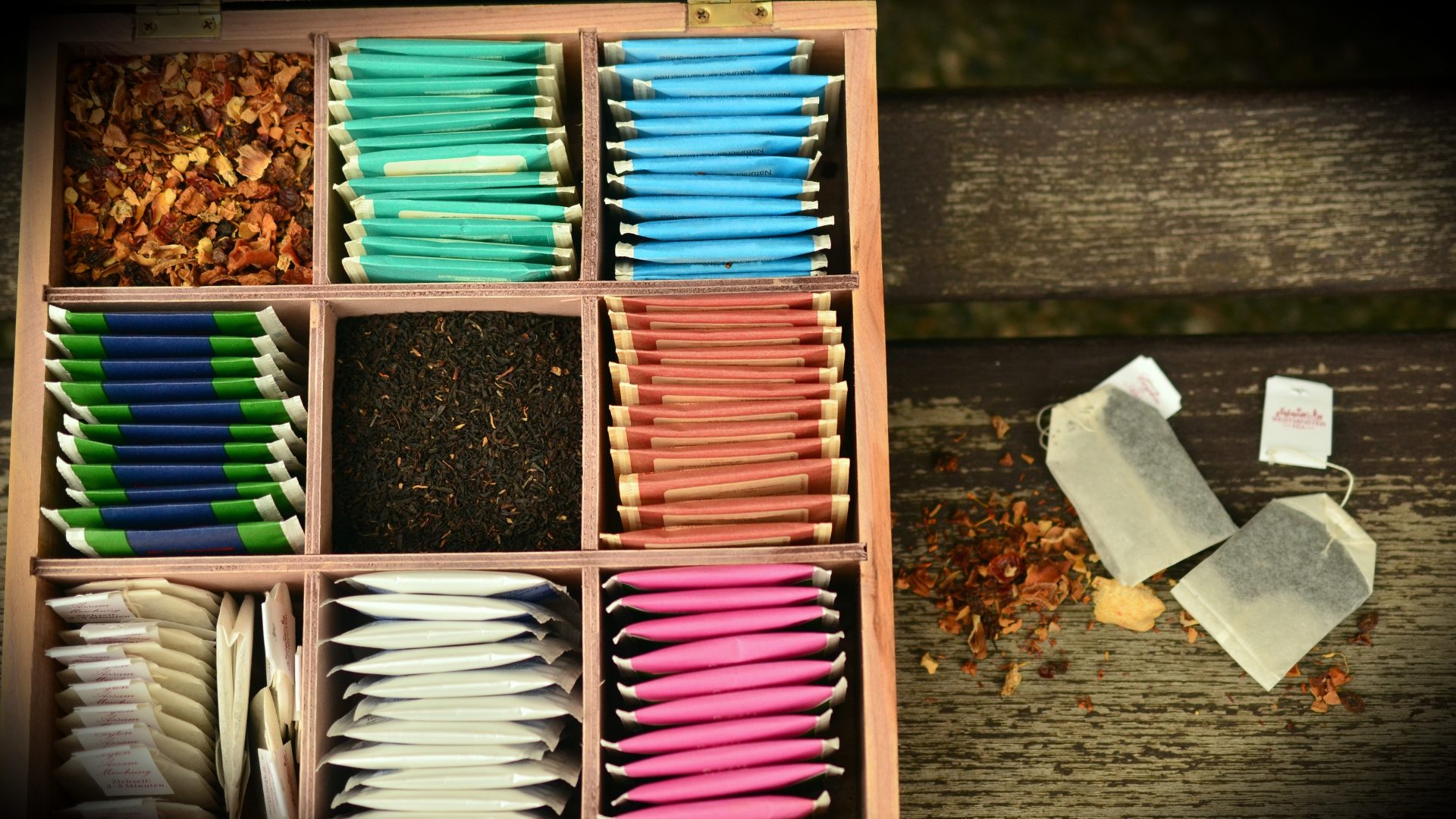As 2024 was the year of the “value wars,” with brands going toe-to-toe on low-price offerings; this year, however, businesses have to get creative to ensure they’re staying in the black, according to recent insights from market insights firm Deloitte.
The “2025 Consumer Products Industry Outlook” pulled recent data from across the industry to identify some of the key tactics companies employ as the industry braces for pricing headwinds.
Food and beverage executives weighing in on these struggles noted that roughly 50% feel that the industry cannot count on higher prices to drive revenue growth and 42% note that retailers will push back aggressively on any attempts to raise product prices. Moreover, the report added that consumers may be at their wit’s end as they continuously compare prices today with pre-pandemic levels.
The report, however, identified key development areas consistent with “profitable growers” that could signal fruitful ventures. They are as follows:
- Investing in innovation, optimizing low-performing products, and acquiring better businesses to improve one’s product portfolio and mix
- Leverage marketing teams to increase awareness through demand-generation campaigns
- Funding growth investments that simplify organizations and drive efficiencies, prioritizing technology and automation
Premiumization, an Innovative Solution
Nearly all surveyed executives said that introducing new products or services will be a priority in 2025, with 80% noting they will explicitly increase innovation efforts.
For F&B leaders, these efforts are split: 63% note shifting investments to developing novel products, and 62% cite premiumization as a potential lever to drive growth. Although higher-end products may be a more difficult value proposition for consumers in 2025, properly communicated premiumization strategies can help showcase their upscale aspects.
“Usually, marketers conflate what consumers perceive as ‘premium’ with expensive ingredients, or packaging. But the true perception of what makes something worth more in a consumer’s mind more often relates to the experience, or the social value it provides,” said Hunter Thurman, president of Alpha Diver.
Consumers want to feel special. This is partially why “trojan horse” packaging gained ground in 2024, explained Snaxshot’s Andrea Hernández in a Specialty Food Association Summer Fancy Food Show session last year. The phenomenon meant consumers would purchase aesthetically pleasing food and beverage packages and replace the higher-quality content with more affordable replacements once it ran out.
This was standard with Graza’s squeeze-top olive oil, she added. Moreover, younger consumers continue to look to their pantry to “status signal,” the process of performing their social class.
F&B manufacturers can take advantage of this desire while leveraging product design marketing efforts to effectively communicate higher value while increasing margins.
2025 May Be ‘The Year of M&As’
Despite starting the year with a rocky start, with Alimentation Couche-Tard and 7&i Holdings Co. embroiled in a tense acquisition conversation and Kroger and Albertsons’ two-year-long merger plan becoming defunct, businesses in 2025 are looking to grow, with M&A dreams at the center.
Deloitte expects 2025 to be strong for acquisitions, with 60% of executives indicating a strategy to increase the number of businesses they’ll buy this year.
Consequently, this signals they will also divest low-performing business lines as they optimize their product mixes.
“These findings mirror those of a Deloitte survey of executives on their views on M&A trends, which found improving competitive positioning and accelerating the long-term transformation to new business models as the two best ways to describe their company’s M&A strategy,” the report noted.
The acquisition-focused strategy may also indicate an improving economic state for businesses that can now think about their holistic strategy goals on longer timelines. However, unforeseen circumstances loom on the horizon, such as Trump Administration tariffs. Time will tell what these roadblocks may mean for F&B businesses.
The Food Institute Podcast
How does a coffee brand pivot into honey? The answer might make more sense than you originally believed. Jessica Padula, Nespresso USA’s vice president of marketing and head of sustainability, returns to discuss the company’s sustainability efforts and how her dual roles in marketing and sustainability inform each other and improve the company.











